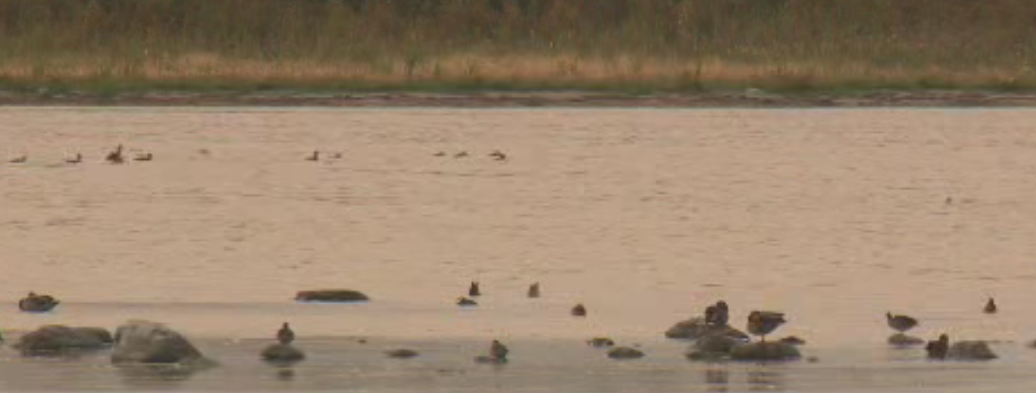Hunting has always been a popular activity in Alberta, but the latest figures from the province show the recreational pastime is shooting up in popularity.

Statistics from this year’s edition of the provincial hunting guide show Albertans have been applying for resident hunting licences and draw applications in record numbers. In 2017, the province handled 435,630 applications — an increase of 62,000 from two years earlier.
Provincial officials point to a few reasons for the spike, including the recent farm-to-table movement.
“People’s desires to have clean, organic, very healthy, rich meat that is out on the landscape right now, obtain and process themselves, is very important to Albertans,” said Matt Besko, director of wildlife management policy with Alberta Environment and Parks.
“But more than anything, Albertans are taking the opportunity to actively participate in a natural, primeval, ecological process — both in a structure and its function from beginning to end — to take responsibility for the food that they eat.”
Just over 127,000 hunting licences were bought by Alberta residents in 2016, an increase of 16,000 from 2012.
Some of those new to the activity have been termed “hipster hunters” — young Albertans that are undertaking natural procurement of wild food, that includes game species. Besko calls these hunters “a very interesting and welcome addition to our hunting population.”
Credit for the rise in the number of hunters must be given to the province, according to Todd Zimmerling of the Alberta Conservation Association (ACA). He says the government has spent a lot of time promoting the activity to new and veteran hunters alike. The ACA says it is critical more participants are out in the field to help gather information on habitat loss, environmental changes and poaching.
READ MORE: Want to report a poacher? Now you can do it online
“Those are the people that notice changes that are happening,” Zimmerling says.
“The more people that are out there hunting, the more people are interested in habitat loss and other conservation issues and the more we can have change on the political landscape.”
The increase in numbers is also music to the ears of the cash-strapped province. In 2016, a total of $18 million in revenue was added to provincial coffers from the sale of hunting licences, draw applications and outdoor ID cards. Part of that money helps pay for conservation programs like workshops, youth seminars and a food bank project.
Alberta brick and mortar retail outlets that have — hit hard by the economic impact of the crash in oil prices — are also seeing the boom at the till through purchases of camping supplies, ammunition and firearms.
“We’re delighted to see such strong growth in hunting participation in Alberta,” Karl Littler of the Retail Council of Canada (RCC) said.
“It is very good news for outdoor stores and outfitters, for guides, and of course, for the whole tourism and travel infrastructure.”
“While this sector is particularly strong, it reflects growing strength in Alberta retail overall after a couple of very tough years. The 12 months to August 2017 were up 5.3 per cent over the same period last year.”
READ MORE: Female elk in parts of Alberta, B.C. have learned to become almost ‘invulnerable’ to hunters: study
Smaller communities that see the increasing fall influx of visitors echo the RCC’s enthusiasm.
“We’re a pretty small town, we notice if they are out of town,” Jeff Goebel, deputy mayor of the Town of Swan Hills, said. “We bump into folks who are here for the day so we notice the benefit.”
Goebel says Swan Hills is located near three wildlife management units, has abundant populations of white-tailed deer and moose, and has long been a draw for hunters throughout the province.
“We’re the pinnacle and we absolutely welcome responsible hunting.”
With no signs of a slowdown in recreational hunting, officials say for those interested and who want to venture on and find out what hunting is all about, head online where the not-for-profit Alberta Conservation Association has a site that outlines safety, ethics, nutrition, and other useful information for beginners.






Comments